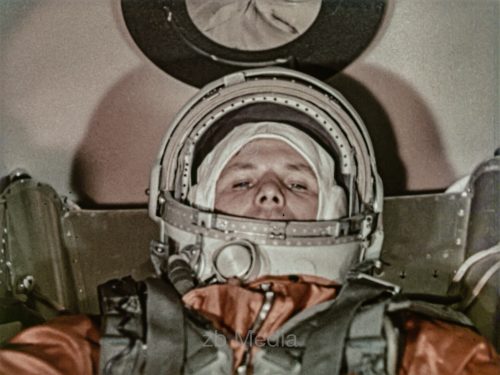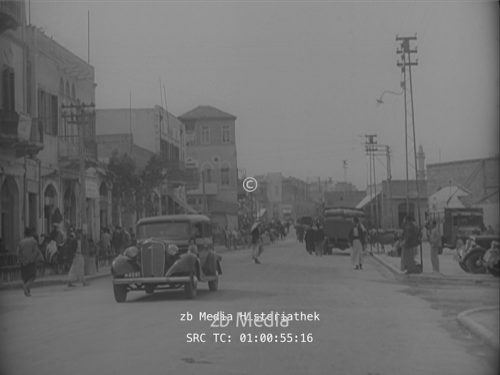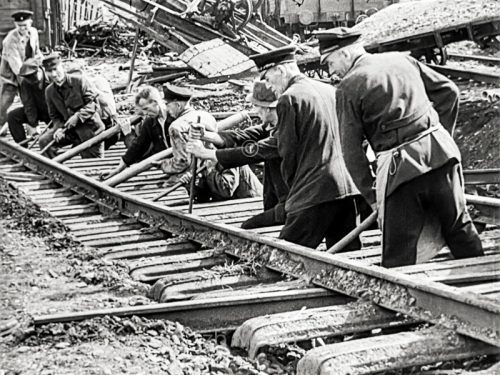Historical background
The direct launch preparations for Gagarin’s flight required a long period of preparation.
Gagarin was selected from a group of highly qualified Soviet Air Force pilots to become the first man in space. He underwent rigorous physical and psychological tests to ensure his suitability for the mission. In addition, he underwent extensive training to prepare him for the challenges of space travel, including simulations, centrifuge tests and parabolic flights to simulate microgravity.
The Vostok spacecraft was specially developed for manned space flights. It underwent thorough testing and modifications to ensure its reliability and safety. The spacecraft consisted of several modules, including the spherical descent module in which the cosmonaut was to sit during launch, orbit and re-entry.
The Vostok spacecraft was launched into orbit at the top of a powerful Vostok-K rocket. The rocket was extensively tested and developed to ensure its performance and reliability. Prior to Gagarin’s flight, unmanned test flights of the Vostok spacecraft and the Vostok-K rocket were conducted to verify their systems and capabilities.
Detailed mission plans were developed to outline the sequence of Gagarin’s flight. These included the launch procedure, orbit entry, spacecraft manoeuvres, communications protocol and re-entry procedures. Contingency plans were also drawn up to deal with any problems or emergencies that might arise during the mission.
Ground-based tracking stations, communication networks and monitoring facilities were set up to support the mission. These facilities played a critical role in tracking the spacecraft during flight, maintaining communication with the cosmonaut and monitoring his vital signs and spacecraft systems.
Medical teams were assembled to monitor Gagarin’s health before, during and after the flight. Medical examinations were carried out before the flight to ensure that he was in optimal physical condition for the mission. Medical experts also provided advice on the effects of space travel on the human body and prepared contingency plans for medical emergencies.





